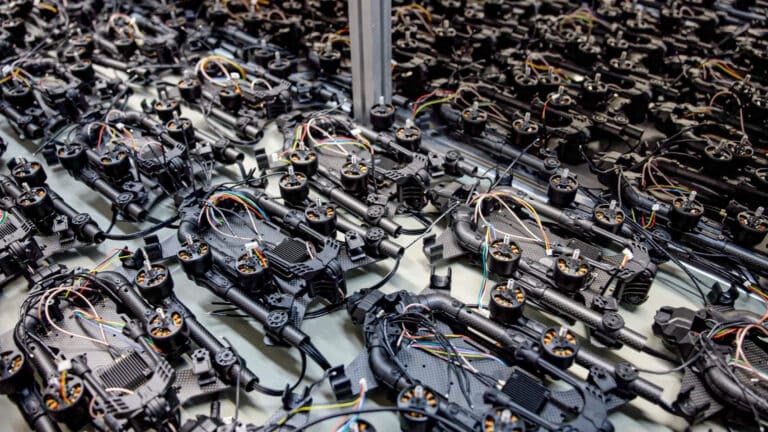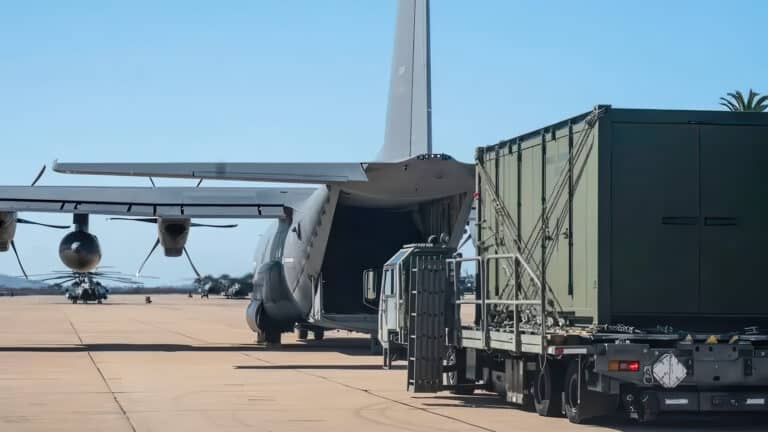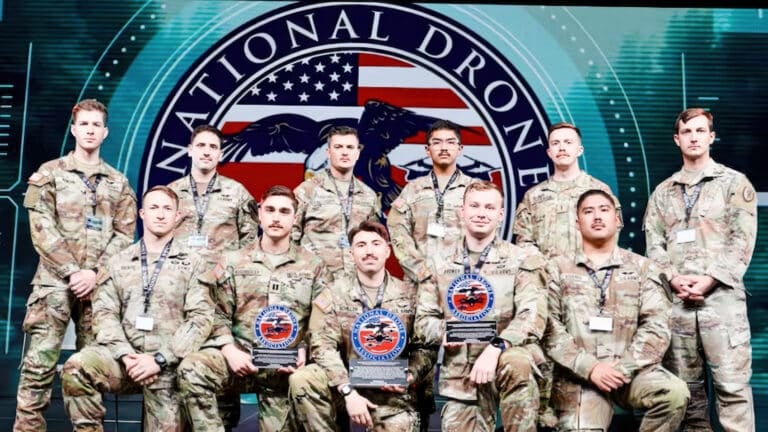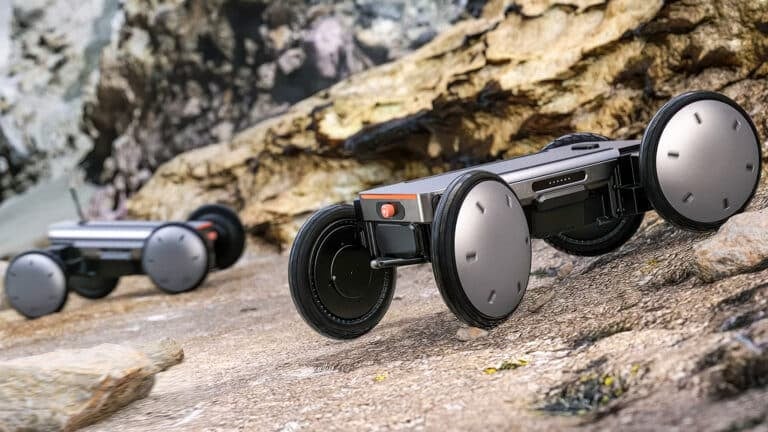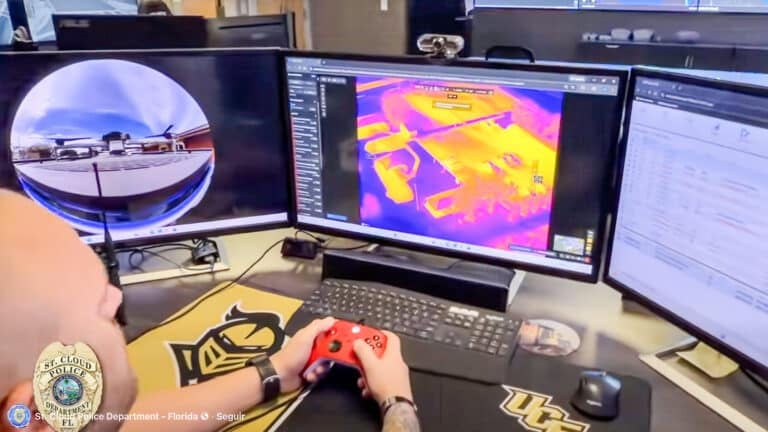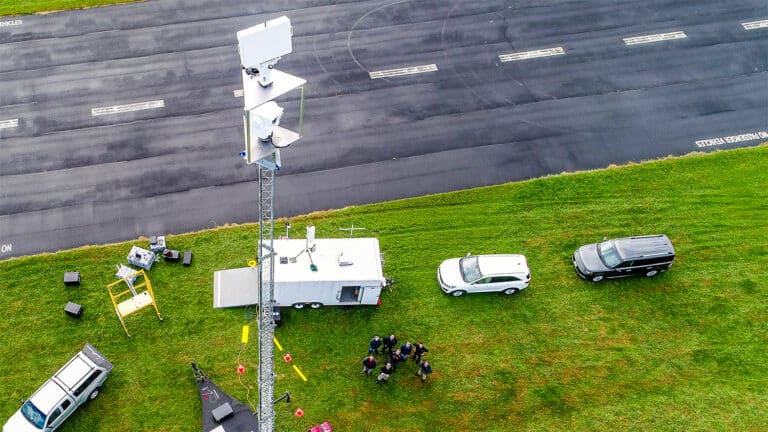Wake‑Up Call: How China’s Colleges Are Powering the Next Drone Arms Race

More than 200 university teams competed in military drone scenarios organized by China’s top defense leadership, revealing Beijing’s systematic campaign to recruit young talent for autonomous warfare development.
The final round of China’s National Youth Intelligent Unmanned Systems Application Competition drew over 200 teams from 106 universities to Shanghai last week, according to a China Youth Daily report. What sets this competition apart from typical STEM events isn’t just the scale—it’s the organizers and the missions.
Why This Matters to Drone Operators Now
While universities worldwide host robotics competitions, this event was organized by the defense mobilization branch of China’s Central Military Commission—the country’s highest military authority—alongside state aeronautics and ordnance groups. The competition scenarios weren’t theoretical exercises but “elements that were part of Chinese military training,” according to the official report.
This represents China’s “military-civilian fusion” strategy in action: systematically channeling university students into defense technology development under the guise of academic competition. For the global drone industry, it signals an accelerating arms race where one superpower is cultivating thousands of young engineers specifically for military drone applications.
Competition Features Direct Military Training Scenarios
The Shanghai competition featured three core mission types that mirror actual People’s Liberation Army operations:
- Ground-based counter-drone swarms challenged teams to develop systems that could detect and neutralize multiple hostile drones simultaneously—the exact challenge facing modern militaries as cheap, weaponized drones proliferate on battlefields from Ukraine to the Middle East.
- Coordinated air-ground confrontations required teams to integrate aerial and ground-based unmanned systems for combined operations, reflecting the PLA’s doctrine of multi-domain warfare where drones, ground robots, and traditional forces operate as a unified network.
- Joint ground-air support and transport missions tested logistics capabilities, a critical factor in sustaining drone operations during extended conflicts.
The stated purpose, according to China Youth Daily: “to guide young people to explore cutting-edge technologies, gain a close understanding of national security and promote the development of national defence education.”
Autonomous Strike Robots Showcase Student Innovation
Among the standout entries was an autonomous patrol-and-strike robot dog developed by students from Changchun University in northeastern Jilin province. The system combined “the dog’s strengths in a complex ground environment with intelligent visual search technology to complete reconnaissance and strike missions,” according to Chinese media reports.
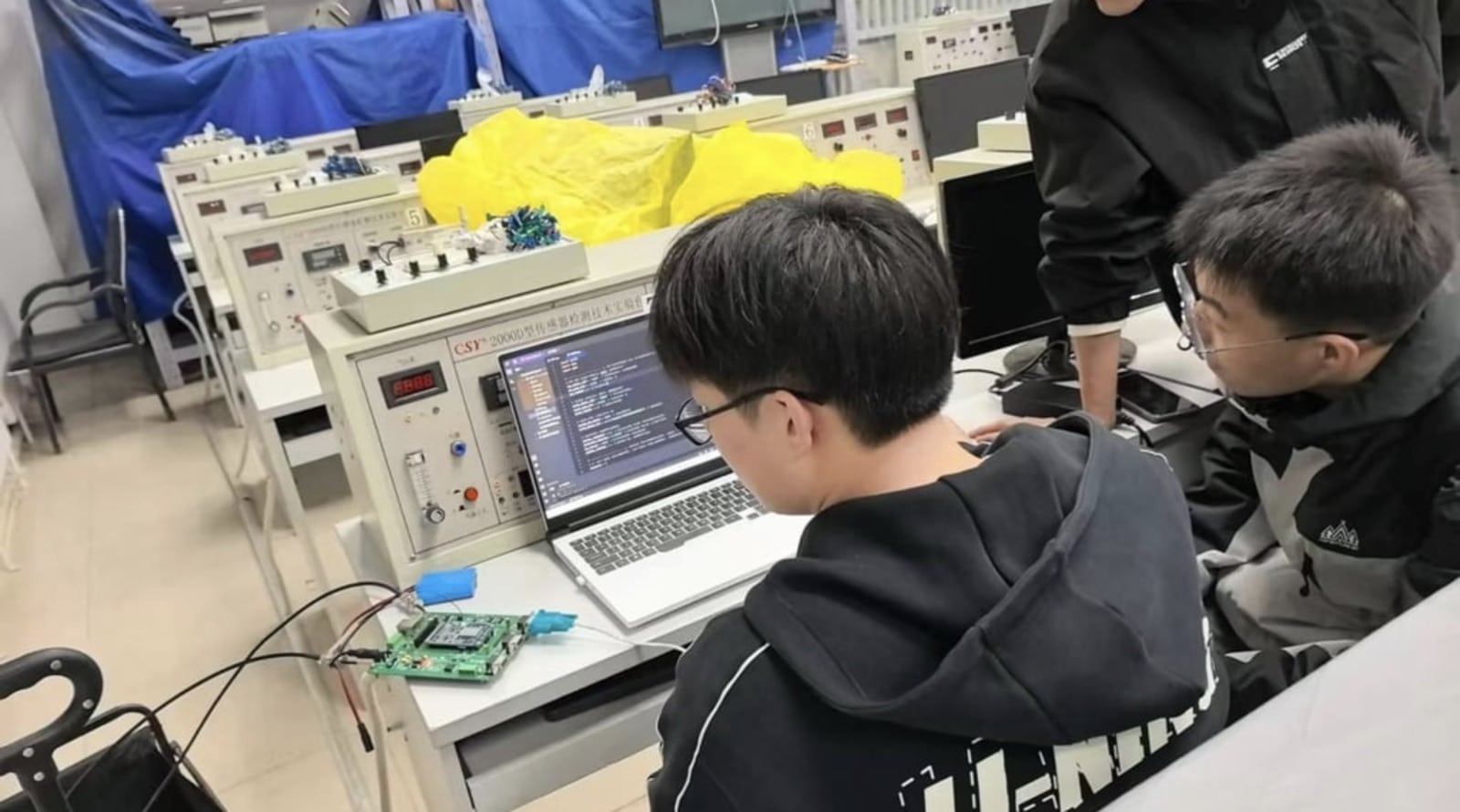
This isn’t a hobbyist project—it’s a functional weapons platform designed by undergraduates. The robot dog represents the convergence of commercial robotics platforms (like Boston Dynamics’ Spot) with military AI targeting systems, creating autonomous strike capabilities that can navigate terrain where wheeled or tracked vehicles struggle.
China’s Universities: Pipeline to PLA Drone Programs
Many participating universities have established track records as military research institutions. Northwestern Polytechnical University, which has appeared in previous competitions, is identified by the Australian Strategic Policy Institute as the only Chinese university hosting a dedicated UAV defense laboratory and serves as a direct supplier to the PLA.
The university has developed everything from the “Little Falcon” ornithopter (a bird-mimicking reconnaissance drone) to submarine-launched drones capable of underwater and aerial transit. Its research teams have broken records in autonomous flight endurance and pioneered swarm deployment systems.
These institutions operate under China’s military-civil fusion policy, which explicitly aims to “remove barriers between the People’s Liberation Army and some of the country’s private high-tech enterprises,” as documented in official Chinese government statements.
Stark Contrast With U.S. Defense Education Approach
The difference between Chinese and American approaches to military drone education couldn’t be starker.
In October 2023, the U.S. military opened its Joint Counter-Small UAS University at Fort Sill, Oklahoma, designed to train approximately 1,000 service members annually. The curriculum focuses entirely on defensive operations: detecting enemy drones, operating counter-drone systems, and protecting installations from UAV threats.
China’s competition trains multiples of that number—potentially thousands of students across 106 universities—in offensive drone development: building autonomous weapons, coordinating swarm attacks, and developing strike platforms.
The U.S. teaches soldiers how to shoot down drones. China teaches students how to build better ones.
American university drone programs largely focus on civilian applications—agricultural monitoring, search and rescue, infrastructure inspection—with military research concentrated at defense contractors and classified government facilities. China has no such firewall, with top military brass directly organizing youth competitions that double as talent recruitment pipelines.
Global Implications for Drone Warfare Evolution
This competition model allows the PLA to evaluate thousands of design concepts simultaneously while identifying top engineering talent early. Winning teams and standout participants likely receive direct recruitment opportunities or research grants tied to defense applications.
The approach has already yielded results. China has unveiled multiple advanced military drone platforms in recent years, from the Jiu Tian mothership (capable of deploying 100+ smaller drones) to hypersonic drone carriers and AI-powered swarm systems. Many of these innovations originated in university research labs before transitioning to military production.
For NATO militaries and allied nations watching this competition, the message is clear: China is building a deep bench of drone warfare engineers who will shape autonomous weapons systems for decades to come.
DroneXL’s Take
We’ve been tracking China’s military-civilian fusion strategy for years, from the DoD’s designation of DJI as a “Chinese military company” to documented cases of Chinese drone engineers working directly with sanctioned Russian weapons manufacturers. This competition puts a spotlight on how that strategy operates at the grassroots level.
What’s striking isn’t just the military’s direct involvement—it’s the scale and openness. China isn’t hiding this program; they’re broadcasting it through state media as a point of national pride. The Central Military Commission’s participation signals that drone warfare talent cultivation is a strategic national priority on par with nuclear weapons development or space exploration.
Compare this to how the Pentagon struggled for years to get Congress to fund its Joint Counter-UAS University, which trains a fraction of the personnel China is cultivating through academic competitions alone. While the U.S. debates whether universities should accept defense research funding, China’s top military leaders are literally running STEM competitions for students as part of its long-term strategy to replace human special operations agents with drones by 2035.
The robot dog strike platform developed by Changchun University students is particularly noteworthy. It represents exactly the type of autonomous weapon system that international humanitarian organizations have sought to regulate—systems that can identify, track, and engage targets without human intervention. That undergraduates are building functional prototypes shows how quickly commercial robotics platforms can be weaponized.
For drone operators and industry professionals, this competition is a reminder that the global drone market’s center of gravity continues shifting toward military applications. The commercial drone innovations we celebrate—better obstacle avoidance, improved battery life, advanced AI—become dual-use technologies that inevitably find their way onto future battlefields. We’ve documented how Chinese universities like Northwestern Polytechnical University have pioneered everything from bird-like reconnaissance drones to submarine-launched UAVs, with many innovations transitioning directly from campus labs to PLA deployment.
The question isn’t whether these student projects will influence PLA drone development. Based on China’s track record with university-to-military technology transfer, many of these concepts are probably already being evaluated for production. China has already unveiled multiple advanced military drone platforms including the Jiu Tian mothership capable of deploying 100+ smaller drones, and revolutionized military drone manufacturing with robotic precision that outpaces human technicians. The question is whether Western democracies can develop equally effective pipelines for military drone innovation without compromising academic freedom or ethical boundaries around autonomous weapons.
What do you think? Share your thoughts in the comments below.
Discover more from DroneXL.co
Subscribe to get the latest posts sent to your email.
Check out our Classic Line of T-Shirts, Polos, Hoodies and more in our new store today!

MAKE YOUR VOICE HEARD
Proposed legislation threatens your ability to use drones for fun, work, and safety. The Drone Advocacy Alliance is fighting to ensure your voice is heard in these critical policy discussions.Join us and tell your elected officials to protect your right to fly.
Get your Part 107 Certificate
Pass the Part 107 test and take to the skies with the Pilot Institute. We have helped thousands of people become airplane and commercial drone pilots. Our courses are designed by industry experts to help you pass FAA tests and achieve your dreams.

Copyright © DroneXL.co 2025. All rights reserved. The content, images, and intellectual property on this website are protected by copyright law. Reproduction or distribution of any material without prior written permission from DroneXL.co is strictly prohibited. For permissions and inquiries, please contact us first. DroneXL.co is a proud partner of the Drone Advocacy Alliance. Be sure to check out DroneXL's sister site, EVXL.co, for all the latest news on electric vehicles.
FTC: DroneXL.co is an Amazon Associate and uses affiliate links that can generate income from qualifying purchases. We do not sell, share, rent out, or spam your email.





